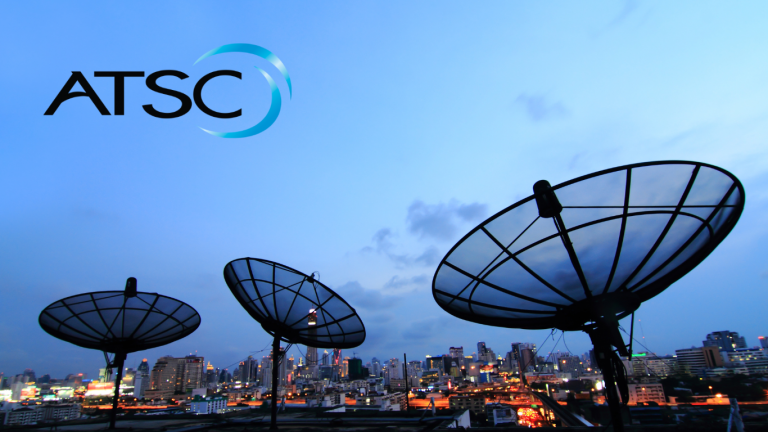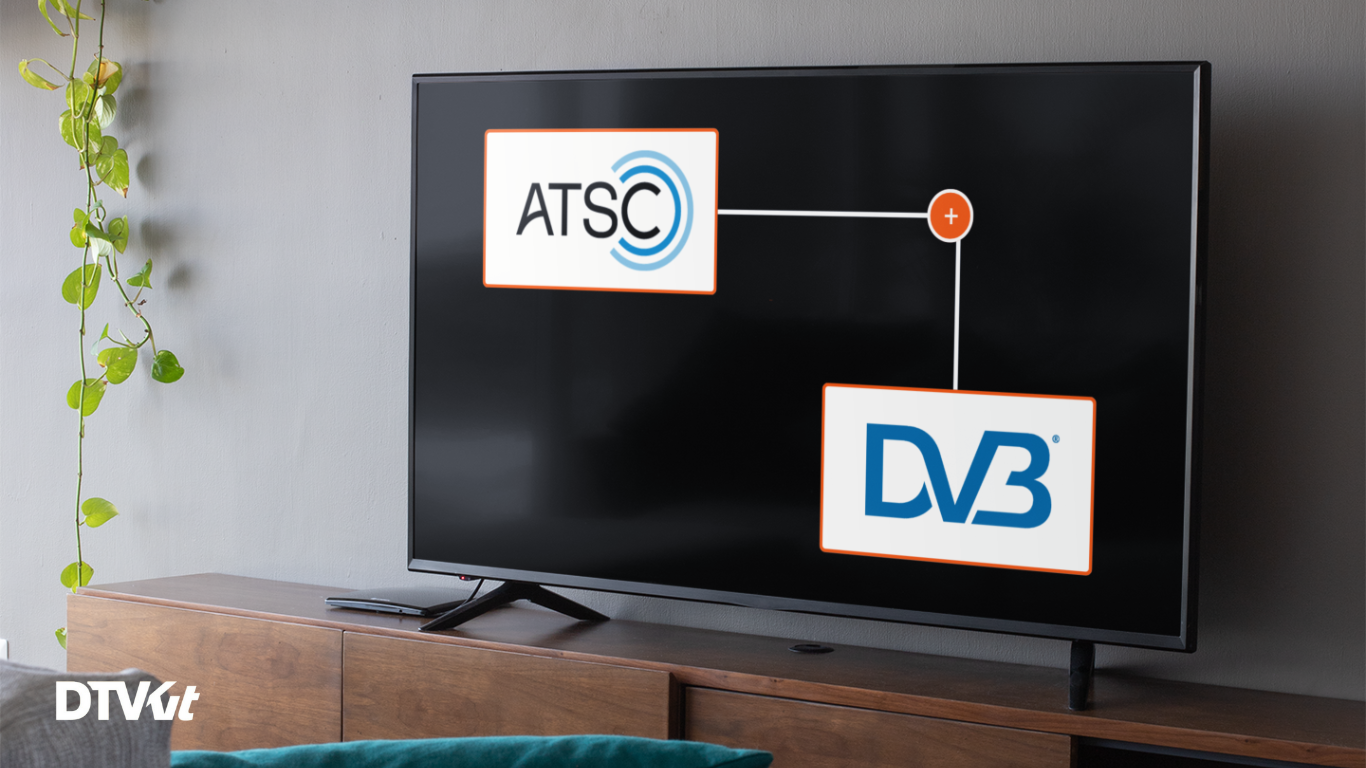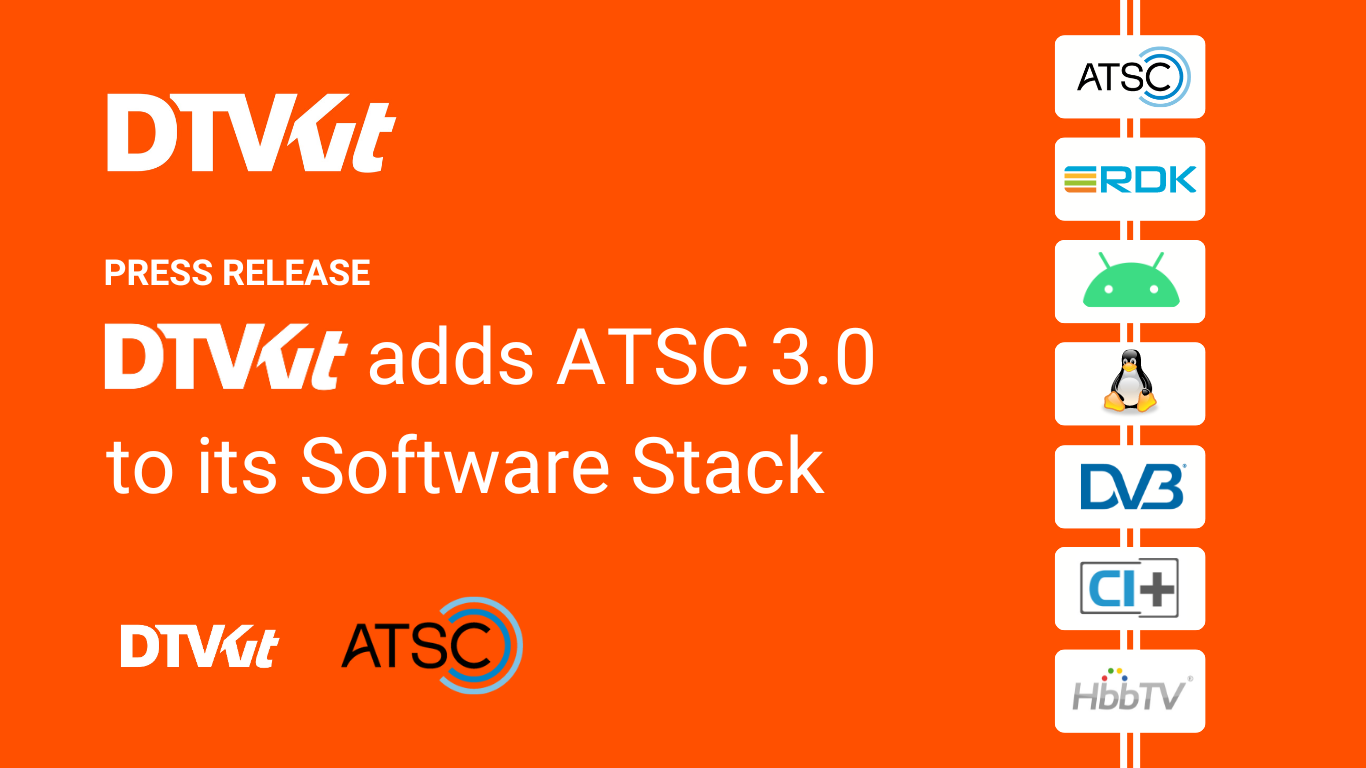Next generation TV, also known as ATSC 3.0 or NextGen TV, is the latest standard for digital broadcasting that offers many benefits for viewers and broadcasters. Next generation TV uses the Internet Protocol backbone to deliver high-quality video and audio, interactive features, advanced emergency alerts, and more. Next generation TV is compatible with both fixed and mobile devices. It can also support 4K resolution and immersive audio formats. Next generation TV is currently being deployed in the US and other countries, and consumers can access it with a compatible TV or an external tuner device.
What is the market for ATSC 3.0?
ATSC 3.0, also known as NextGen TV, is a new broadcast standard that enables TV stations to transmit 1080p and 4K video over the air, along with high dynamic range (HDR) and immersive audio. It is currently available in 69 markets in the US, reaching half of all US homes. To watch ATSC 3.0 broadcasts, viewers need a compatible TV set or a tuner box that can receive the new signals. According to the Consumer Technology Association (CTA) it expects NextGen TV sets will account for 9% of TV sets shipped next year, climbing to 47% by 2024. That equates to four million units in 2022, 11 million in 2023 and 20 million in 2024. The market for ATSC 3.0 is expected to grow significantly as more stations and devices adopt the new standard, offering consumers a better picture and sound quality without paying for cable or streaming services.
What are the benefits of ATSC 3.0?
ATSC 3 is the latest standard for over-the-air TV broadcasting, which offers several benefits:
– Higher resolution and quality: Improved picture quality, with support for 4K, HDR, WCG, and HFR formats.
– Enhanced audio quality, with support for Dolby Atmos and DTS-X immersive sound.
– Better reception, with more robust signals that can reach more devices and locations.
– More interactivity, with the ability to deliver on-demand video and internet data over the air.
What is the difference between ATSC 1 and 3.0?
ATSC 1 and ATSC 3 are two different standards for over-the-air TV broadcasting. ATSC 1 was introduced in 1996 and enabled the transition from analogue to digital TV. ATSC 3 is the next generation of TV broadcasting, which was launched in 2020 and offers several improvements over ATSC 1. The main driver for ATSC-3 is that ATSC-1 doesn’t offer support for interactive services, including catch-up. Here are some of the main differences:
– ATSC 1 uses the H.262 MPEG-2 codec for video delivery, which limits the resolution to 1080i. ATSC 3 uses the H.265 HEVC codec, which allows for 4K and higher resolutions.
– ATSC 1 uses the AC-3 Dolby Digital codec for audio delivery, which supports up to 5.1 channels of surround sound. ATSC 3 uses the AC-4 Dolby Digital Plus codec, which supports up to 7.1.4 channels of immersive sound, including Dolby Atmos and DTS-X.
– ATSC 1 uses a single frequency network (SFN) for signal transmission, which can be affected by interference and multipath distortion. ATSC 3 uses a multiple frequency network (MFN), which can combine signals from different transmitters and improve reception quality and coverage.
– ATSC 1 is a one-way broadcast system, which only delivers content from the broadcaster to the viewer. ATSC 3 is a two-way broadcast system, which can also deliver data from the viewer to the broadcaster, enabling interactivity and personalization.
ATSC 3.0 is designed to be flexible and future-proof, as it can adopt new codecs and technologies over time. It is arguably a major innovation in TV broadcasting, and it offers many advantages, especially for operators who want to stay competitive and relevant in the digital content market. However, it also poses some challenges, such as the need for new infrastructure, equipment, and standards, as well as the potential impact on existing services and customers.
Check out our main software components here or if you would like more information about our technical roadmap please email: info@dtvkit.org.







